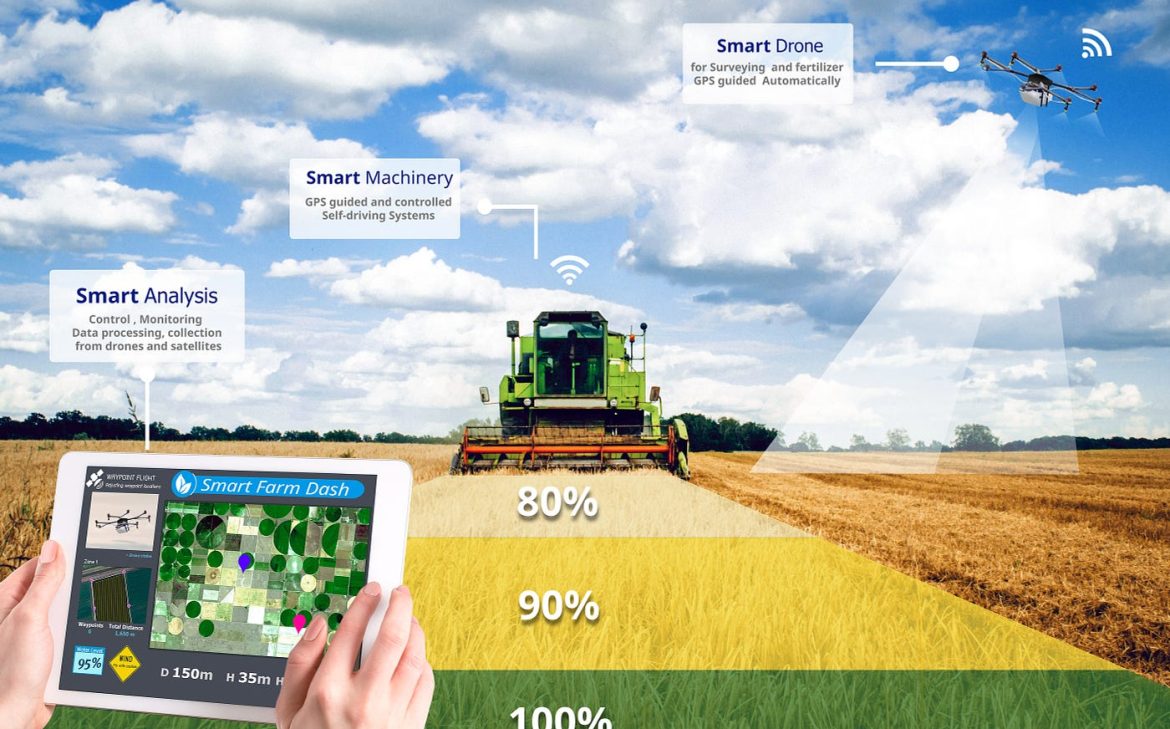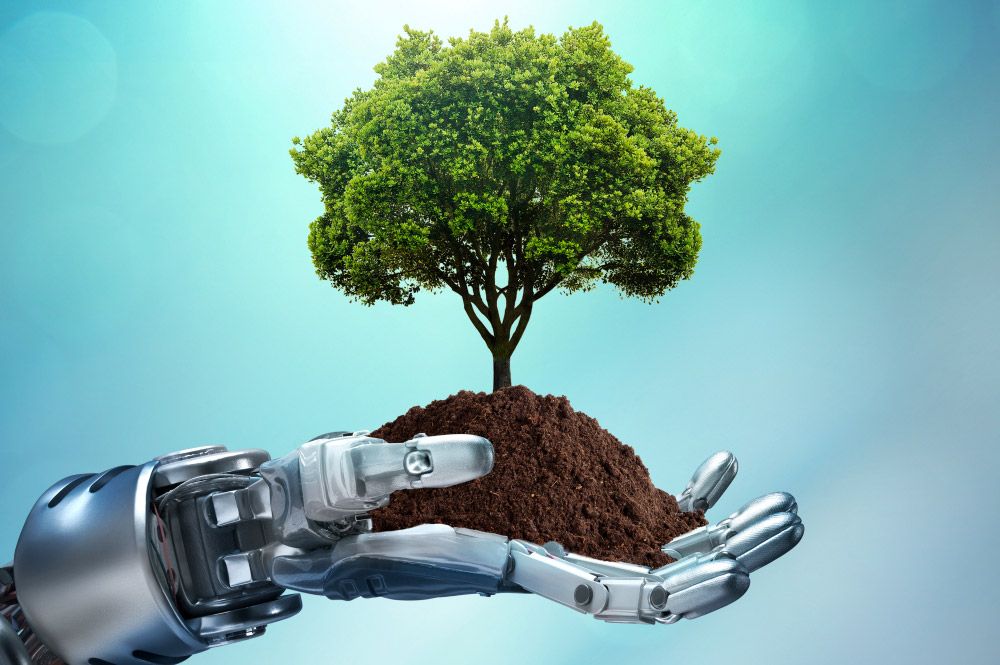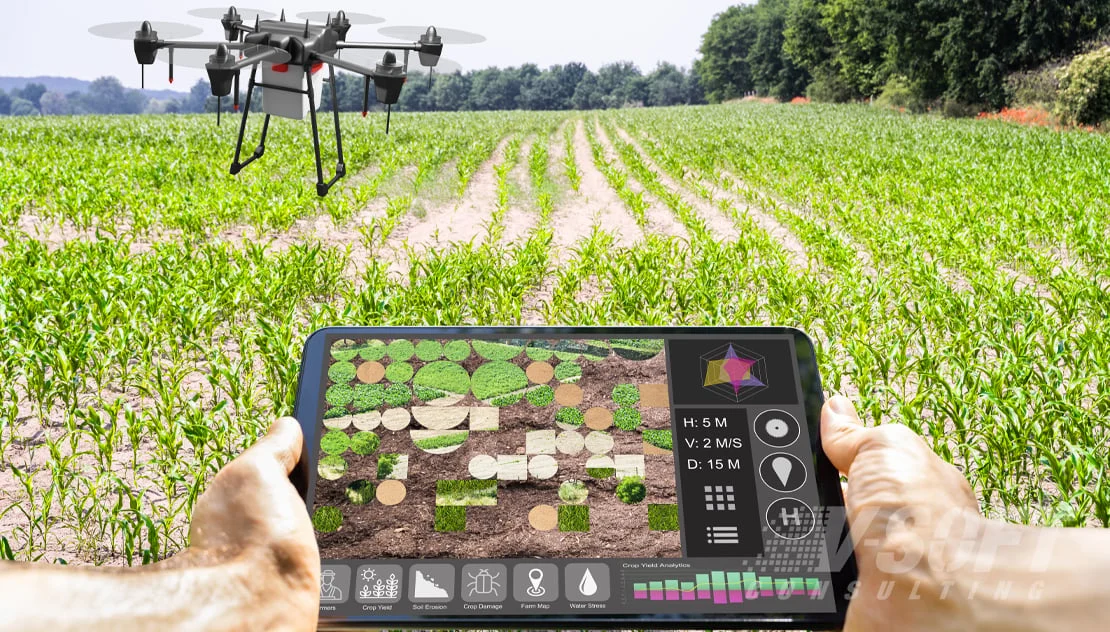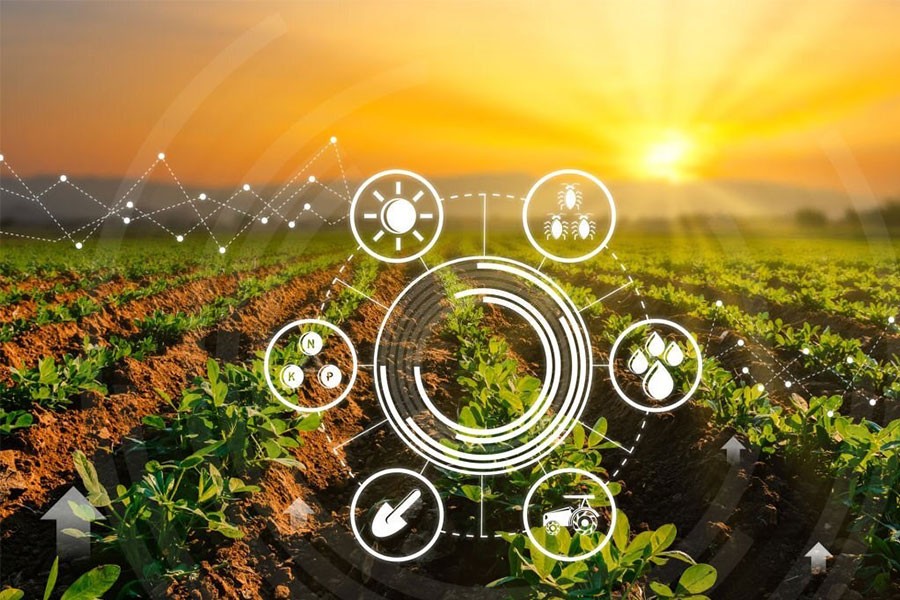Artificial Intelligence (AI) is revolutionizing the agricultural sector by introducing smarter, data-driven approaches to farming. Understanding the impact of AI in agriculture helps farmers, businesses, and policymakers adopt more efficient and sustainable practices.
What is AI in Agriculture?
AI in agriculture involves using technologies like machine learning, computer vision, robotics, and data analytics to optimize various farming activities, from crop monitoring to supply chain management.
How AI Works in Agriculture
AI systems gather and analyze data from sensors, drones, satellite images, and farm equipment. This data helps in predicting weather patterns, monitoring soil conditions, tracking crop health, and managing pests and diseases with greater accuracy.
Key AI Techniques Used
Machine Learning: Helps predict crop yields, detect plant diseases, and recommend optimal farming practices based on historical data.
Computer Vision: Enables automated plant and pest recognition using drone and satellite imagery.
Robotics: Supports precision farming through AI-powered machinery for planting, harvesting, and weeding.
Predictive Analytics: Assists in making informed decisions about irrigation, fertilization, and harvesting schedules.
Benefits of Using AI in Agriculture
AI improves crop productivity, reduces resource waste, enables timely pest and disease control, and supports sustainable farming practices. It also allows farmers to make faster and smarter decisions, improving both yield and profitability.
Limitations to Keep in Mind
AI in agriculture requires access to high-quality data, reliable infrastructure, and skilled operators. In some regions, limited connectivity and high costs may pose challenges to AI adoption.
Conclusion
Embracing AI in agriculture can significantly enhance efficiency and sustainability. By combining technology with human expertise, farmers can overcome traditional challenges and meet the growing demand for food in a rapidly changing world.







Leave feedback about this